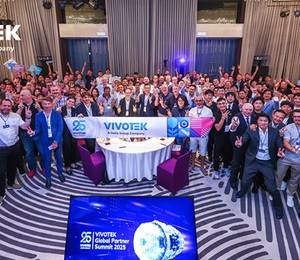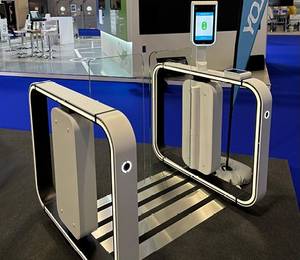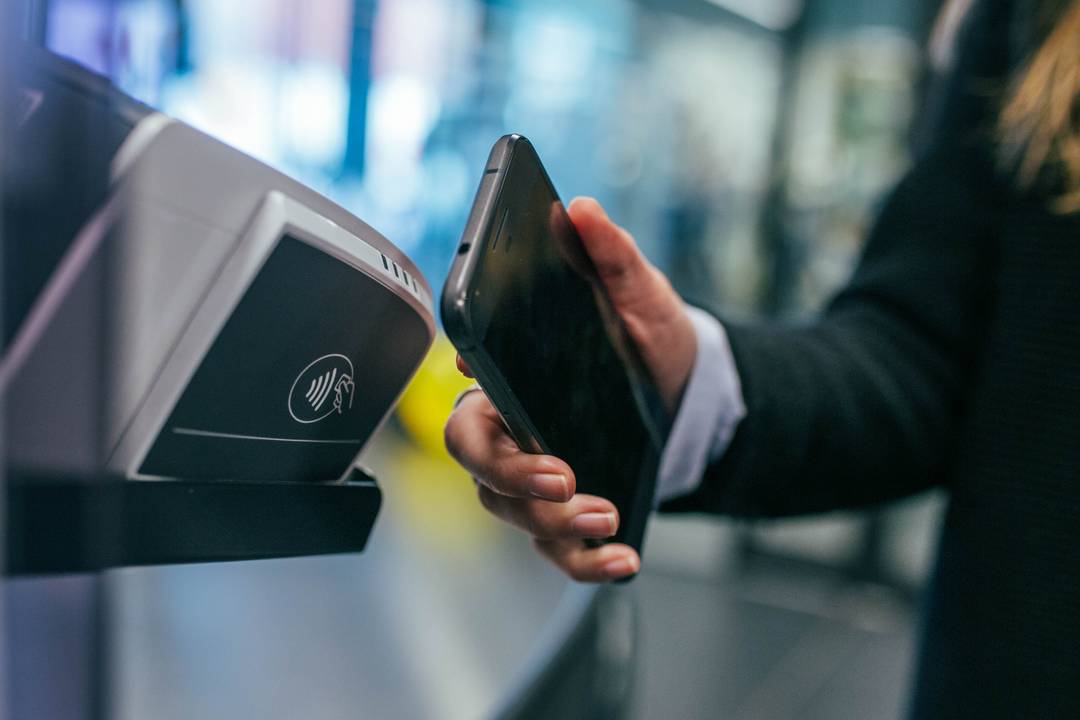By 2020, 40 billion devices will be connected to the Internet of Things (IoT). Consumers are demanding experiences that are more intelligent. With near-field communication (NFC), products are smarter, more interactive and more traceable — they can talk to each other and to smart devices — and that means a more trustworthy world for consumers, creators, brands and businesses.
With NFC technology now also supported by the latest generation of Apple iOS 11, 12, and 13-enabled devices (in addition to Android), high-performance NFC inlays and tags are rapidly fulfilling a vast variety of use cases, including consumer electronics, smart home, transit, supply chain management, fashion, retail, cosmetics, pharmaceuticals, gaming and toys. You will see NFC-labeled products, NFC mobile tickets for events, NFC-enabled transportation tickets, NFC-enabled valet parking, and even NFC-enabled car locks. The only limit is imagination.
But in our NFC-enabled world, people expect to connect to products in consistently innovative ways, keeping global brands on their toes, constantly posing the question: how can we create compelling contextual experiences at the shelf and then keep consumers engaged post-purchase? More and more brands are teaming up with technology innovators to customize IoT-ready solutions to track assets, ensure items are authentic, and, most importantly, engage their customers.
While NFC provides a cost-effective, easy-to-use way to ensure that foods, beverages, medications, and other consumer packaged goods remain in their original condition while traveling through the supply chain and are safe to use, technology innovators are coming up with ways to turn that tech on its head. NFC tags that are built to detect package tampering (reporting status to inspectors in the supply chain) are now communicating directly with consumers via first-of-their-kind intelligent instant redeemable coupons (IRCs) before and after the sale. Pre-sale, tapping the label displays contextual experiences on a shopper’s smartphone. Post-sale, access to mobile browser-based games is triggered by breaking the tamper loop in the NFC tag (i.e., opening the package) and tapping the label.
Or take a real-world example like NFC-connected bottles in the wine and spirit industry. Intelligent bottle caps incorporating a contactless NFC tag into the cork stopper change the game for cognac aficionados. The simple tap-and-go method ensures bottles have traveled through the right production process, allowing tracking in transit, and giving distributors confirmation that the spirit is authentic. Post-purchase, NFC provides an intelligent, engaging experience. By tapping their mobile device to the cork, consumers are able to register their purchase and become a member of a private club providing exclusive content, unique experiences, and personalized services. It’s like instant access to the VIP room.
What about the Internet of Toys? NFC is changing the way kids are interacting with their own gear, too. Today’s physical toys are connecting in the digital world via video play through smartphones and tablets. NFC tech makes toys uniquely identifiable and amplifies the physical experiences kids have known for generations through digital play.
Consumers in the global gaming community have their own demands. Gamers are requesting greater interactivity with casino loyalty cards and slot terminals. Host card emulation (HCE) with NFC-enabled mobile devices and NFC-enabled cards are beginning to replace magnetic stripe customer loyalty cards, completely modernizing today’s gaming experience, delivering more interaction (and honestly, more fun).
The frictionless, mobile experience is the new face of NFC: people expect to connect to products in new ways. Commitment to consumer engagement, asset tracking, and authentication in the IoT is driving growth and new use cases, with users finding innovative ways to leverage the technology, even beyond manufacturer expectations.












